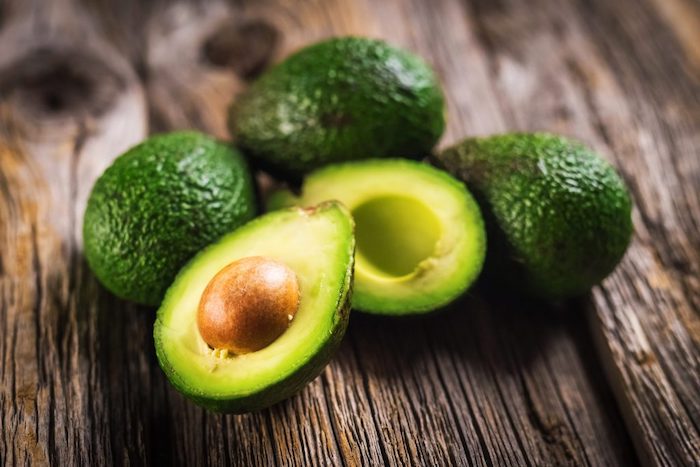Supply chain issues impact Peruvian avocado exports this season

Juan Carlos Paredes, President of the Peruvian Association of Hass Avocado Producers (ProHass) spoke of the challenges the Peruvian avocado export industry has faced during the 2022 season.
As inflation, high costs and delays continue to affect fruit exports, the Russia-Ukraine war has also exacerbated supply chain issues.
“Transportation costs have had a huge impact on the industry and also in the case of avocados. This, in addition to the delays in some regions due to Covid-19 and the war in Ukraine, had a significant impact on the regularity of arrivals to our destination markets,” said Paredes.
Paredes added: “Departure timings from world origins were different. This caused congestion in some windows where Peruvian avocados previously did not have to contend with other fruits.”
In addition, Peru’s Agricultural Promotion Law, which was approved in 2020 has resulted in “uncertainty in the political environment” and changes in laws have paralyzed investments according to Paredes.
The Peruvian avocado season, which started in March, is expected to finish in the last week of September, according to Paredes. This season, ProHass expects to export around 518,000 metric tons.
Some of the key destination markets for exports include Europe (53 percent), the U.S. (26 percent), the rest of America (11 percent) and Asia (10 percent).
With regards to China, problems with quarantines in major cities likely led to a decline in export volumes.
“In this season we estimate exporting around 27,000 metric tons to that destination, which represents 1% less than the previous season,” explained Paredes.
On the other hand, ProHass estimates that it will export around 131,000 metric tons to the U.S., an increase of 53 percent compared to last season.
Paredes pointed out: “Historically we have never exported so much fruit to that destination, but what excites us is that so far, the comments about our fruit are positive”.
“The Peruvian Avocado Commission (PAC) is investing in promotional campaigns of the Peruvian Hass avocado around 4 million dollars,” he added.
For Paredes, one of the industry’s main priorities is “to stretch the season as much as possible so as not to saturate our main markets.” With regards to the U.S., the goal should be to provide it with the best dry material and a minimum of 23 percent of exports should go to this market, he commented.
Furthermore, ProHass is currently working with SENASA to open markets in Australia, Malaysia, Mexico, New Zealand and Taiwan.
















